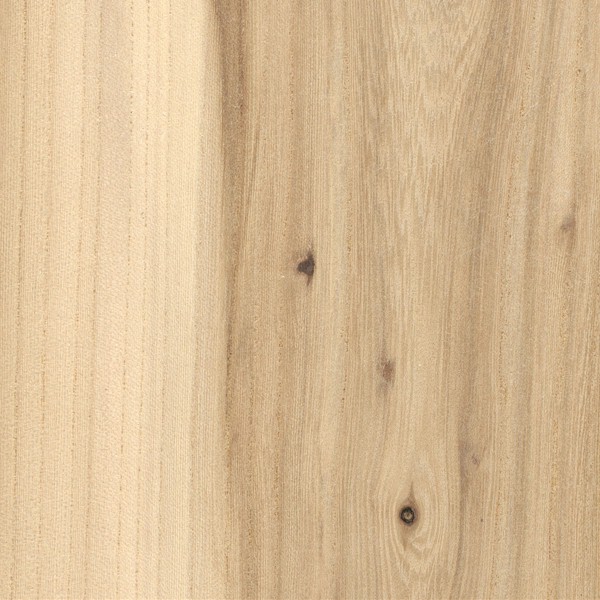Elm
Color/Appearance: Heartwood is a light to medium brown, sometimes with a hint of red. Sapwood is a pale white or cream color.
Grain/Texture: Has a medium texture and moderate-sized pores. Grain is sometimes straight, but commonly interlocked.
Endgrain: Ring-porous; large to very large earlywood pores in a continuous row one or two pores wide, small latewood pores in wavy bands; tyloses occasionally present in earlywood; growth rings distinct; parenchyma vasicentric and confluent; medium rays, spacing normal.
Rot Resistance: Rated as moderately durable to non-durable in regard to heartwood decay, but is susceptible to insect attack, and living trees are very commonly destroyed by Dutch elm disease.
Workability: Can be a challenge to work because of interlocked grain, especially on quartersawn surfaces. Planing can cause tearout and/or fuzzy surfaces. Glues, stains, and finishes well. Responds well to steam bending.
Odor: Elm usually has a strong, unpleasant smell when green; though once dried has very little odor.
Sustainability: This wood species is not listed in the CITES Appendices or on the IUCN Red List of Threatened Species.
Common Uses: Boxes, baskets, furniture, hockey sticks, veneer, wood pulp, and papermaking.
Comments: Elm trees are commonly infected with Dutch elm disease, a fungal disease spread by elm bark beetles. D.E.D. has wiped out millions of Elm trees worldwide.



